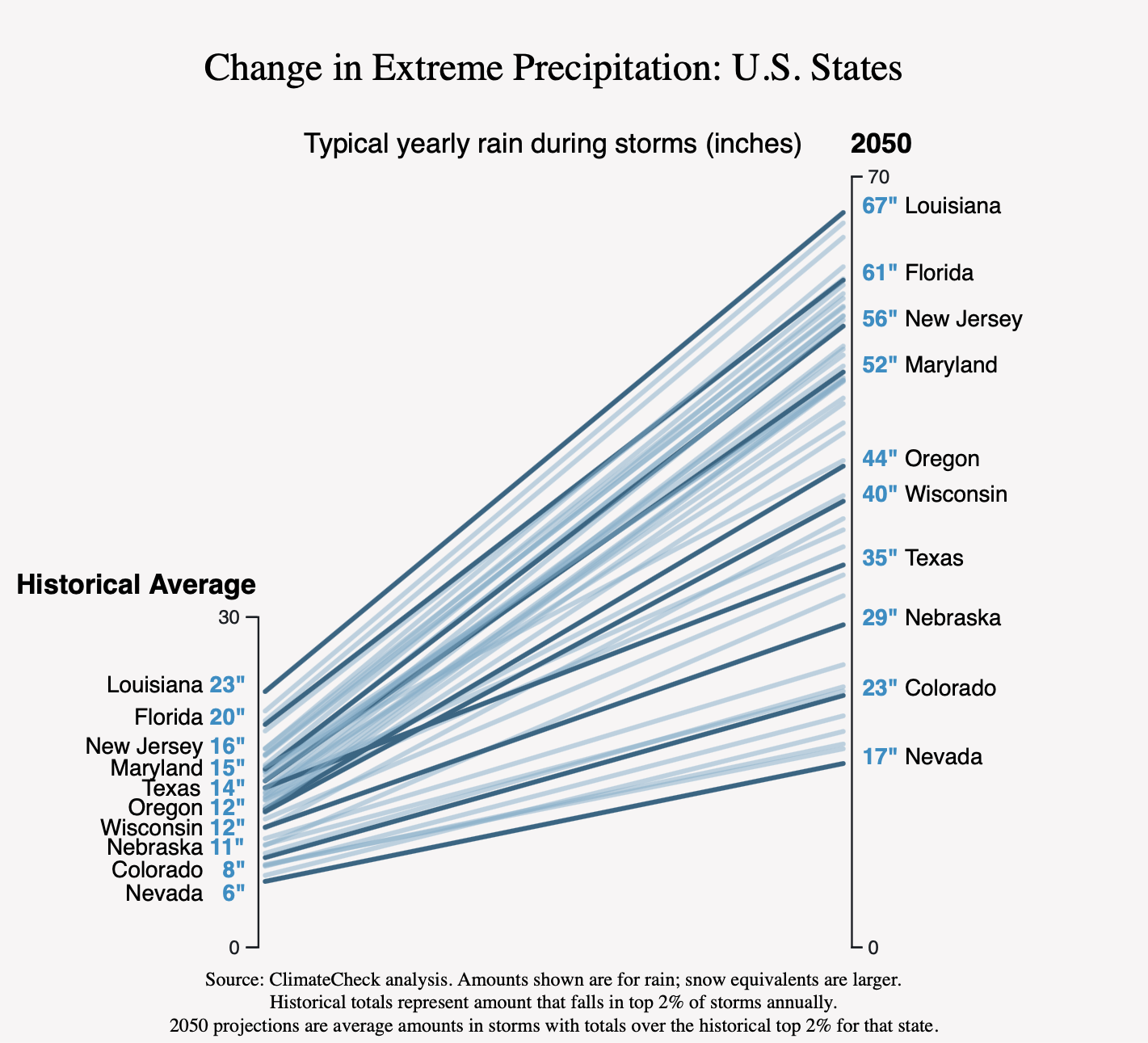The tropical depression Hurricane Ida and other recent storms have caused significant damage to our coastal communities in 2021. Extreme weather in the New York Area in the wake of Ida caused the first ever flash flood emergency warning for New York City from the National Weather Service. Central Park recorded 3.15 inches of rain in a single hour, the most ever recorded.

But what is behind these increased levels of rainfall during natural disasters? Climate scientists have long predicted that rising temperatures will cause the atmosphere to hold more water. A warmer atmosphere carries more water vapor which worsens rainstorms and higher ocean surface temperatures intensify the strength of hurricanes. Combined, these effects are a serious warning for how we withstand hurricanes in the future.
Hurricane season runs from June 1st to November 30th, but 90 percent of hurricanes occur August through October each year. The season is more than halfway through and it has already confirmed estimates of above normal activity. Hurricanes are the most costly natural disasters and climate change has dramatically increased their frequency and severity.
History
Recent incidents have been a part of a pattern of increased hurricane rainfall that goes back decades since the start of significant human-caused climate change. Hurricane Harvey, which struck Houston TX in 2017, was as much as 40 percent higher than rainfall from a similar storm would have been in previous decades.
Internationally, flooding and intense rain has recently hit Germany, Belgium, and China with devastating damage. Increased rain has caused floods that differ from historic patterns and therefore often hit areas ill-prepared for extreme flooding events. In July 2021 shocking rainfall caused rivers to burst from their banks and cause fatalities, forced evacuations, power outages, and damage to infrastructure and agriculture. River basins throughout Europe were affected. In China, floods in Henan Province in August 2021 killed 300 and triggered record insurance claims of $1.7 billion USD. This flooding has been tied to “extreme rainfall events”. Zhengzhou China and other overrun areas received a year's worth of rain in 24 hours.
Given these damaging events, other countries have been quick to look for flood mitigation options. Germany has been rebuilding their damaged infrastructure with flood resistant basements and reinforcement measures for walls and roofs. China built over 20,000 miles of levees at the edges of waterways to keep the water in control and has undertaken massive ecological restoration projects to reduce water runoff. Other countries have been pushing to convert a larger percentage of space in cities to water permeable green areas.
How do we Adapt to These Changes?
These dramatic changes to rainfall patterns indicate that we need to reassess how storm hazards are changing over time and reflect those changes in the design of our infrastructure. Following the example of those who have been pushing to adapt to these issues internationally, we should carefully reconsider how we repair and rebuild in areas that have been damaged by hurricane waters. If your home was damaged in recent flooding, consider options that reinforce your existing infrastructure to the effects of extreme and sudden rain. As a community, plan for reinforcements to existing water control measures such as reservoirs and dams and act proactively to encourage green spaces to help with water retention.
With climate change altering flood frequency and weather patterns, floods are becoming more common in areas distanced from large bodies of water. These changes indicate that homeowners that have not traditionally been in the path of danger from flooding events should keep informed on their current risk and consider adding insurance to cover flood damage. Standard homeowners insurance does not cover the cost of flood damage. So even if you are removed from traditional flood plain areas, consider adding on extra flood coverage to protect your home.